
Dogs
The Siberian husky is one of the most popular breeds in the United States. With eye color ranging from crystal blue to brown to multi-colored, the husky is a sleek and strong dog. The breed was previously quite popular as an Alaskan sled dog, but in recent years has been replaced with the Alaskan husky, a mix of various breeds.
The Siberian husky first appeared in northeast Asia serving as a sled dog for nomadic people. The breed was brought to Alaska in 1909. That year, the first team of huskies competed in the All Alaska Sweepstakes Race, and within a few years Siberian huskies were winning sled races and were becoming respected as a rugged, yet gentle dog with incredible strength and endurance. Today the breed is a popular, well-loved pet across North America. Siberian huskies are classified as working dogs and were first registered by the American Kennel Club in 1930.
The Siberian husky is a medium-size dog with a full, soft undercoat and an outercoat that falls back slightly against the body. The coat color varies: It may be gray, tan, black, white or copper. Though the Siberian husky's eyes are most often blue, they may also be brown, one of each color or have patches of colors (parti-color). The ears point straight up and are set fairly close together on top of the head.
Siberian huskies average 20 to 23 inches in height at the shoulder and weigh 40-60 pounds.
Siberian huskies have a pleasant disposition and remarkable ability to adapt to a variety of living conditions. They thrive in cooler to cold climates and love large areas in which to roam; however, those raised in the city also do well. The Siberian husky is friendly and not reputed as a vocal or aggressive dog. Because they were originally bred to travel long distances, they have abundant energy and enjoy exercise.
The Siberian husky interacts well with children and other dogs. This breed can be suitable as a first pet for owners if you can accommodate the dog's need for exercise and activity as well as spending the time to train them. This may be a better pet for experienced dog owners. However, the husky should be kept under control at all times. The American Kennel Club advises owners to fence in their yards.
The Siberian husky is intelligent, agile for his size and trainable. Although intelligent, some husky's can be willful and difficult to train. In addition to being trained for long excursions over vast expanses, this breed has performed heroically for search and rescue teams in the Arctic. They are playful and responsive.
The Siberian husky is more comfortable in cooler temperatures. To prevent serious health conditions, he should not be left outdoors for more than a few minutes in hot weather. Although they tend to maintain a clean coat, you should brush the coat daily to stimulate circulation to the hair follicles. This also promotes a close, trusting relationship between you and your pet. It should be noted that huskies often seem to shed continuously although they generally blow out their undercoats twice a year.
The Siberian husky relishes exploring and roaming. Knowing this may help you to prevent running away and wandering through the neighborhood.
The following diseases or disorders have been reported in Siberian husky's:
The average life span of the Siberian husky is 10 to 12 years.
We realize that each dog is unique and may display other characteristics. This profile provides generally accepted breed information only.
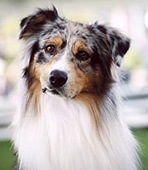 Australian Shepherds: A guide to dogs and puppies of the Australian Shepherd breed
Australian Shepherds: A guide to dogs and puppies of the Australian Shepherd breed
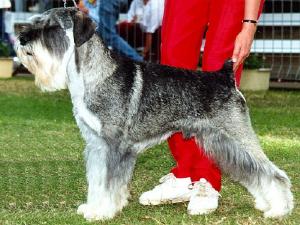 Standard Schnauzer
Standard Schnauzer
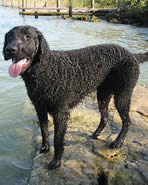 Curly-Coated Retrievers: A guide to dogs and puppies of the Curly-Coated Retriever breed
Curly-Coated Retrievers: A guide to dogs and puppies of the Curly-Coated Retriever breed
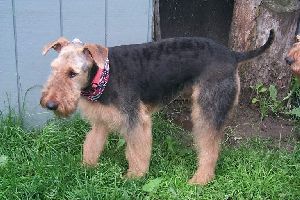 Airedale
Airedale
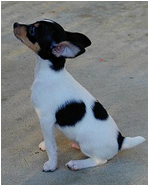 Toy Fox Terriers: A guide to dogs and puppies of the Toy Fox Terrier breed
Toy Fox Terriers: A guide to dogs and puppies of the Toy Fox Terrier breed
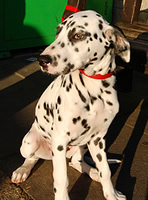 Dalmatians: A guide to dogs and puppies of the Dalmatian breed
Dalmatians: A guide to dogs and puppies of the Dalmatian breed
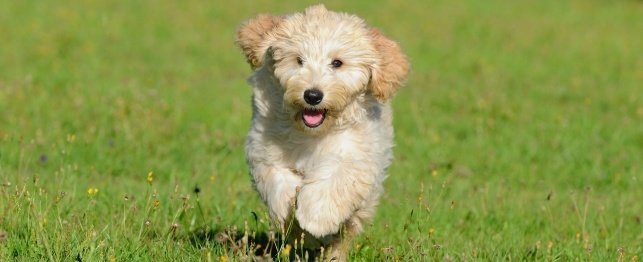 Choosing a Goldendoodle Dog (Golden Retriever and a Poodle Cross)
Choosing a Goldendoodle Dog (Golden Retriever
Choosing a Goldendoodle Dog (Golden Retriever and a Poodle Cross)
Choosing a Goldendoodle Dog (Golden Retriever
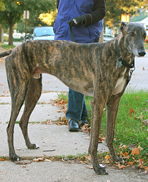 Greyhounds: A guide to dogs and puppies of the Greyhound breed
The Greyhound!
The Greyhound is a sleek, swift dog that is
Greyhounds: A guide to dogs and puppies of the Greyhound breed
The Greyhound!
The Greyhound is a sleek, swift dog that is
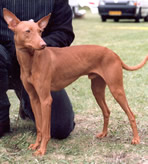 Cirneco dellEtnas: A guide to dogs and puppies of the Cirneco dellEtna breed
The Cirneco dellEtna!
The Cirneco dellEtna (Cirneco is pron
Cirneco dellEtnas: A guide to dogs and puppies of the Cirneco dellEtna breed
The Cirneco dellEtna!
The Cirneco dellEtna (Cirneco is pron
 Choosing a Norwich Terrier
Choosing a Norwich Terrier
Choosing a Norwich Terrier
Choosing a Norwich Terrier
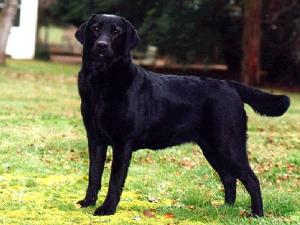 Labrador Retriever
Labrador Retri
Labrador Retriever
Labrador Retri
Copyright © 2005-2016 Pet Information All Rights Reserved
Contact us: www162date@outlook.com